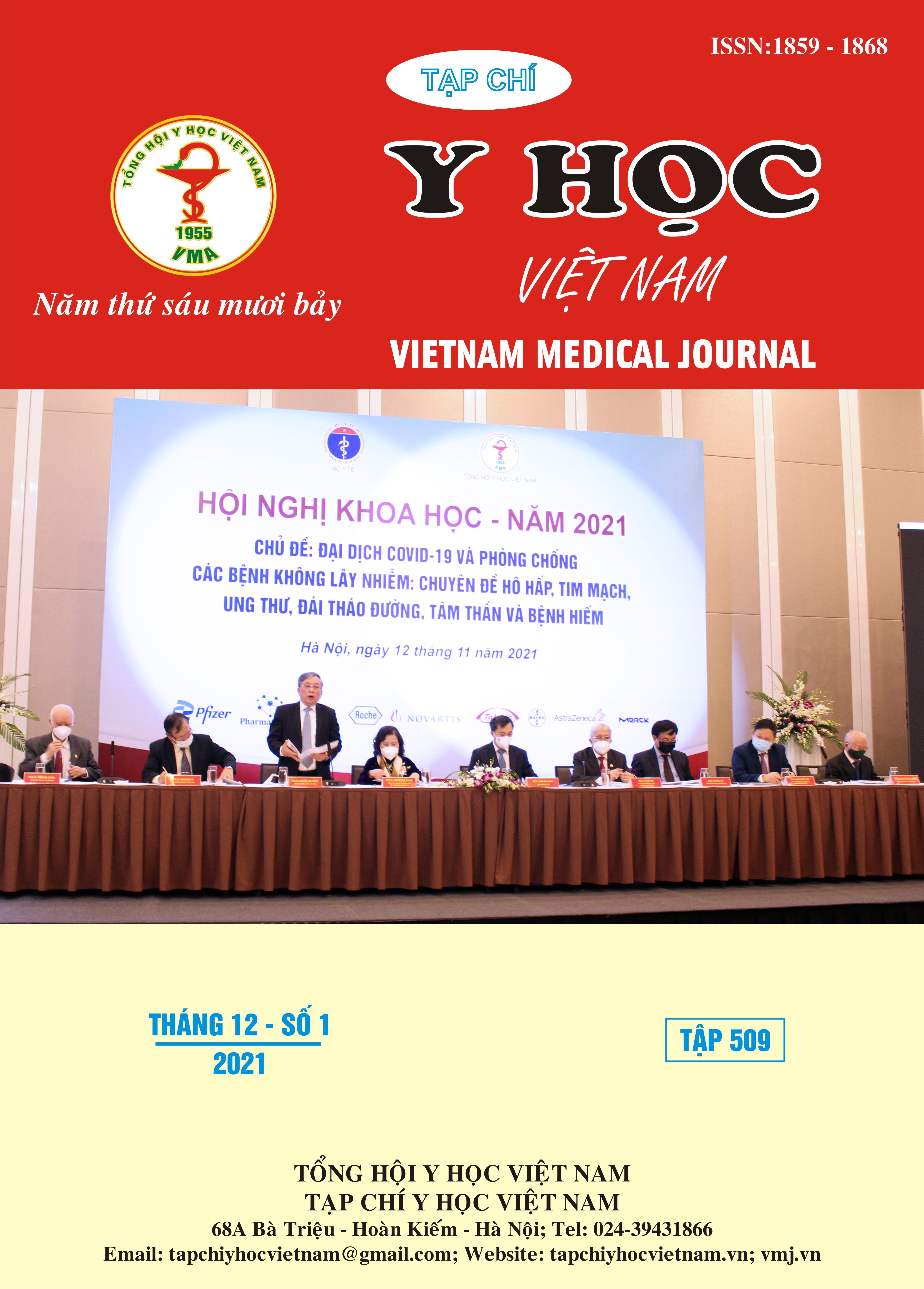SAFETY AND EFFICACY OF INTRACORONARY NICARDIPINE IN THE TREATMENT OF CORONARY SLOW FLOWPHENOMANON
Main Article Content
Abstract
Background: Coronary slow flow phenomenon (CSFP) is not a rare cause of chest pain, characterized by delayed coronary opacification during diagnostic angiography in the absence of epicardial coronary artery disease. Nicardipine is a drug used by experience that has capacity to improve coronary flow but not available in current algorithm of treatment. Objective: Assess the safety and efficacy of intracoronary nicardipine in the treatment of CSFP. Methods: the effect of intracoronary nicardipine was evaluated in 34 patients. CSFP was defined as delayed coronary flow with TIMI flow grade < 3 and/or corrected TIMI frame count (CTFC) ≥ 14 during diagnostic coronary angiography in the absence of obvious epicardial coronary stenosis (≥40%). Nicardipine was administered as 100 or 200 µg bolus, after which repeat angiography was performed. Safety was assessed by systolic and average blood pressure and pulse. Coronary flow before and after nicardipine was evaluated by TIMI and CTFC with set-up speed 15 frames per second. Results: Our study population consists of 20 males and 14 females, mean age 65±9, mean BMI 23,2±2,4, the most popular clinical presentation was rest angina (79%). The before and after systolic blood pressre declined from 127±18 down to 116±14, the average blood press respectively was 100±13 and 92±12, no patient has systolic blood pressure lower than 90 mmHg after nicardipine bolus (p<0,001), heart rate slighly increased from 73±12 to 75±12 (p<0,001). The slow flow phenamanon was observed in 66/102 epicardial vessels 65%), the mean TIMI before nicardipine was 2,4±5, all the study vessel gained TIMI 3 flow after administering. CTFC improved from 26,3±6,8 before nicardipine to 10,6±3,7 after the drug administration. The 100 and 200µg dose have no statistically significant different effect with CTFC 10,9±4 and 10,4±3 after nicardipine (p=0,601). Only 2 patients (5,9%) have transient chest pain after bolus of the drug. Conclusions: Intracoronary Nicardipine showed highly effectiveness in reversing slow flow phenamanoncho without affecting much of the blood pressure and heart rate. The dose 100 µg was not lesser than 200 µg in improving slow flow.
Article Details
Keywords
coronary slow flow phenomenon, nicardipine
References
2. Wozakowska-Kapłon B, Niedziela J, Krzyzak P, et al. Clinical manifestations of slow coronary flow from acute coronary syndrome to serious arrhythmias. Cardiol J 2009;16(5):462-8. [published Online First: 2009/09/16]
3. Tambe AA, Demany MA, Zimmerman HA, et al. Angina pectoris and slow flow velocity of dye in coronary arteries--a new angiographic finding. Am Heart J 1972;84(1):66-71. doi: 10.1016/0002-8703(72)90307-9 [published Online First: 1972/07/01]
4. Mangieri E, Macchiarelli G, Ciavolella M, et al. Slow coronary flow: clinical and histopathological features in patients with otherwise normal epicardial coronary arteries. Cathet Cardiovasc Diagn 1996;37(4):375-81. doi: 10.1002/(sici)1097-0304(199604)37:4<375::aid-ccd7>3.0.co;2-8 [published Online First: 1996/04/01]
5. Pepine CJ, Lambert CR. Cardiovascular effects of nicardipine. Angiology 1990;41(11 Pt 2):978-86. [published Online First: 1990/11/01]
6. Gibson CM, Cannon CP, Daley WL, et al. TIMI frame count: a quantitative method of assessing coronary artery flow. Circulation 1996;93(5):879-88. doi: 10.1161/01.cir.93.5.879 [published Online First: 1996/03/01]
7. Beltrame JF, Limaye SB, Horowitz JD. The coronary slow flow phenomenon--a new coronary microvascular disorder. Cardiology 2002;97(4):197-202. doi: 10.1159/000063121 [published Online First: 2002/07/30]
8. Mehta HH, Morris M, Fischman DL, et al. The Spontaneous Coronary Slow-Flow Phenomenon: Reversal by Intracoronary Nicardipine. J Invasive Cardiol 2019;31(3):42-45. [published Online First: 2018/12/18]
9. Huang Q, Zhang F, Chen S, et al. Clinical characteristics in patients with coronary slow flow phenomenon: A retrospective study. Medicine 2021;100(6)


